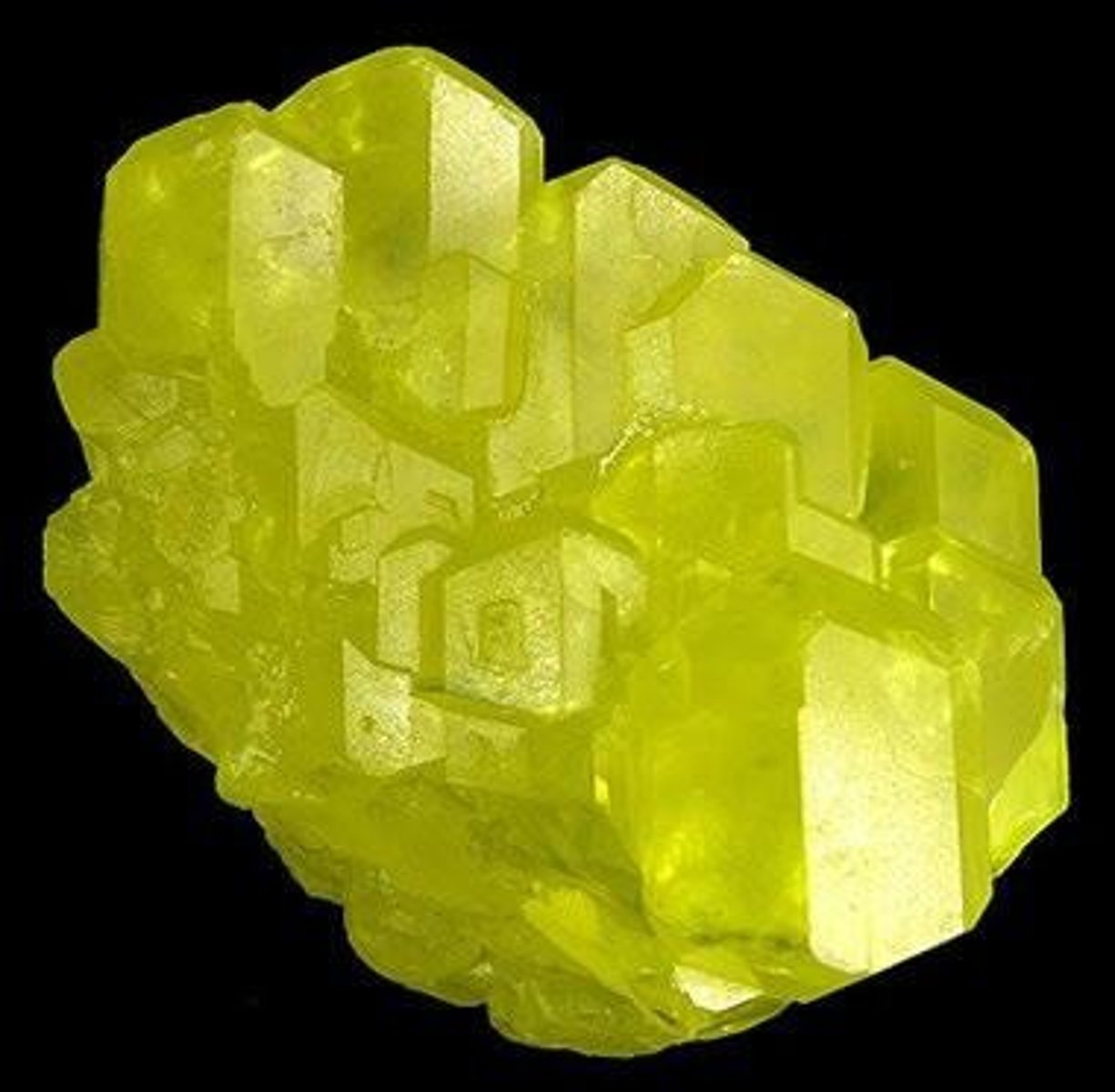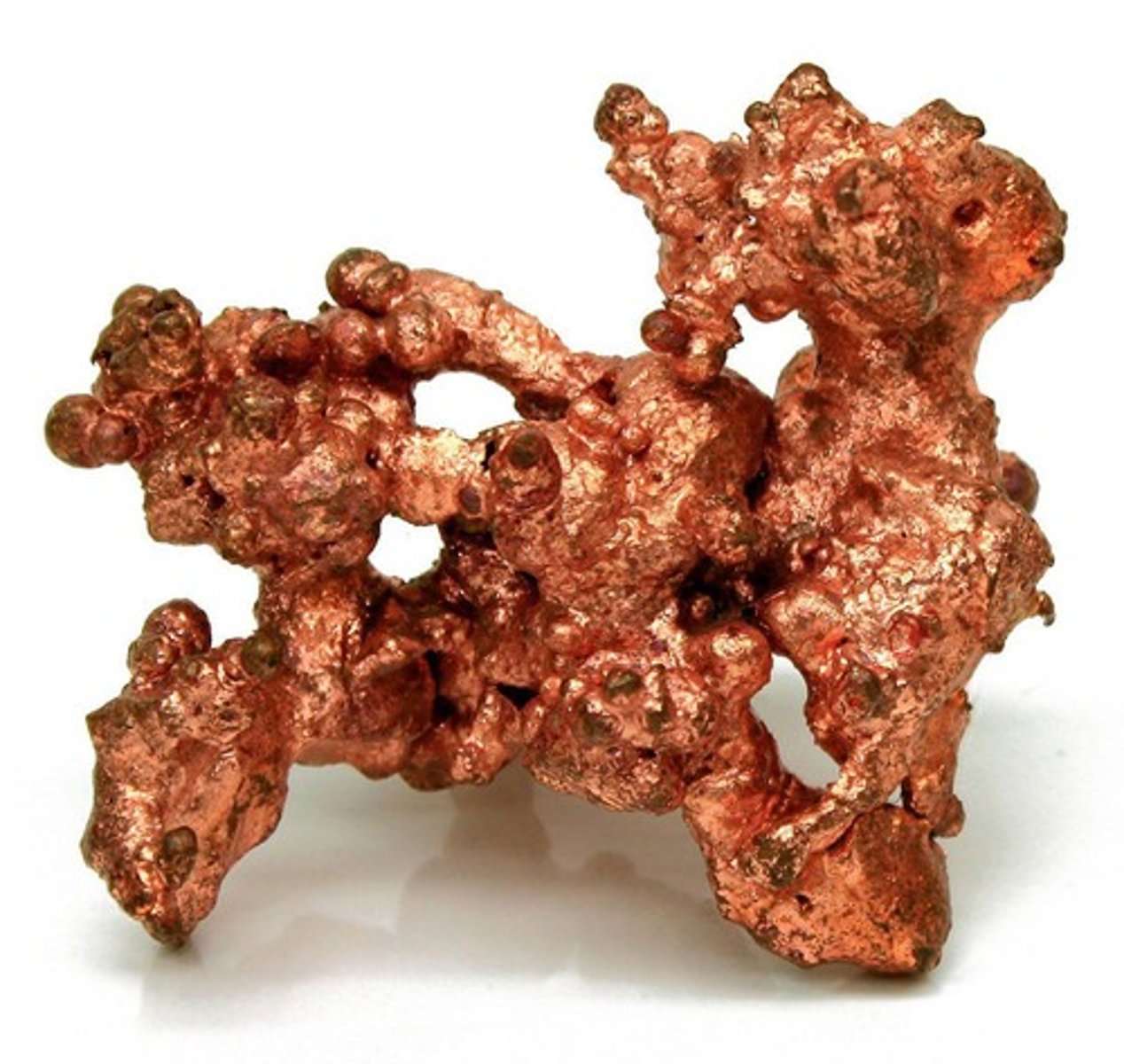Mineralogy, Coal and Petroleum
1/112
There's no tags or description
Looks like no tags are added yet.
Name | Mastery | Learn | Test | Matching | Spaced |
|---|
No study sessions yet.
113 Terms
Mineralogy
Study of minerals' formation, composition, and properties.
Miner
Basic units forming rocks and ores on Earth.
Rock Forming Minerals
Minerals that constitute the majority of rocks.
Sulfides
Compounds of metals combined with sulfur.

Oxides
Compounds of metals combined with oxygen.
Sulfates
Compounds of sulfur, oxygen, and metals.
Carbonates
Compounds of carbon and oxygen with metals.
Halides
Salts formed from metals and halogens.
Phosphates
Compounds of phosphorus with metals and oxygen.
Silicates
Compounds of silicon and oxygen, rock builders.
Igneous Rock
Formed from solidified magma or molten rock.
Quartz
Common silicate mineral, composed of silica.
Marble
Metamorphic rock, softer than quartzite.
Quartzite
Metamorphic rock, harder than marble.
Gypsum
Hydrated calcium sulfate, used in plaster.
Dolomite
Calcium magnesium carbonate, important rock maker.
Hematite
Iron oxide, primary ore of iron.
Galena
Lead sulfide, chief ore of lead.
Cinnabar
Mercury sulfide, ore of mercury.
Chalcopyrite
Copper iron sulfide, important copper ore.

Zinc Blende
Zinc sulfide, ore of zinc.
Wolframite
Important source of tungsten.
Vanadinite
Source of vanadium, a phosphate mineral.
Vein
Mineral deposit formed in rock cracks.
Geode
Hollow, crystal-lined mineral boulder.
Evaporation
Formation of deposits from evaporated water.
Weathering
Alteration of minerals by air and water.
Metamorphism
Transformation of rocks through heat and pressure.
Crystal
Symmetrical mass with angular geometric shapes.
Lattice
Basic atomic formation in crystal structure.
Isometric System
One of six major crystal systems.

Tetragonal System
One of six major crystal systems.
Hexagonal System
One of six major crystal systems.
Orthorhombic System
One of six major crystal systems.
Monoclinic System
One of six major crystal systems.
Triclinic System
One of six major crystal systems.
Color
Variable appearance due to impurities in minerals.
Streak
Color of mineral powder, more consistent than color.
Luster
Mineral's surface appearance in reflected light.
Hardness
Resistance to scratching, measured by Moh's scale.
Specific Gravity
Mineral density compared to water's density.
Cleavage
Tendency of minerals to break along planes.
Fracture
Irregular breakage of minerals without cleavage.
Tenacity
Mineral's resistance to deformation or breaking.
Form
Overall shape and configuration of a mineral.
Play of Colors
Development of prismatic colors in minerals.
Iridescence
Rainbow colors on mineral surfaces or interiors.
Cleavage
Mineral's tendency to break along smooth planes.
Fracture
Appearance of a mineral's broken surface.
Conchoidal Fracture
Curved surfaces with concentric rings.
Even Fracture
Smooth and flat broken surfaces.
Uneven Fracture
Irregular surface after breaking.
Splintery Structure
Rough breakage with splinter-like edges.
Sectile
Mineral that can be cut with a knife.
Malleable
Mineral can be flattened under pressure.
Elastic
Mineral regains shape after pressure release.
Quartz Group
Important silicate rock-forming mineral group.
Hardness of Quartz
Quartz has a hardness of 7.
Specific Gravity of Quartz
Specific gravity ranges from 2.65 to 2.66.
Amethyst
Purple or violet variety of quartz.
Smoky Quartz
Gray shades of quartz due to impurities.
Milky Quartz
Opaque light brown or white quartz.
Rose Quartz
Pink variety of quartz.
Feldspar Group
Common rock-forming minerals in igneous rocks.
Pyroxenes Group
Single chain silicate structure minerals.
Orthopyroxene
Type of pyroxene with specific atomic structure.
Hornblende
Complex silicate mineral in amphibole group.
Mica Group
Silicate minerals that form thin sheets.
Coal
Solid carbon-rich fossil fuel, brown or black.
Petroleum
Liquid fossil fuel formed from ancient marine organisms.
Peat
Accumulated dead plant matter, precursor to coal.
Coalification
Process transforming peat into coal under heat and pressure.
Fossil Fuels
Energy sources derived from ancient organic matter.
Density of Coal
Slightly denser than water, 1.0 mega gram/m³.
Porosity of Coal
Presence of pores affects coal's density and properties.
Macropores
Pores greater than 50 nanometers in diameter.
Mesopores
Pores between 2 to 50 nanometers in diameter.
Micropores
Pores less than 2 nanometers in diameter.
Reflectivity
Coal's ability to reflect light, measured with photometer.
Hardness
Resistance of coal to abrasion, affects mining equipment.
Grindability
Ease of grinding coal, impacts energy consumption.
Ash-Fusion Temperature
Temperature at which coal ash melts, affects furnace design.
Free-Swelling Index
Measures swelling of coal when heated, indicates coke suitability.
Lignite
Lowest rank coal, high volatile matter and moisture.
Subbituminous Coal
40% carbon, black, no woody structure visible.
Bituminous Coal
70% fixed carbon, soft coal, catches fire easily.
Anthracite
Highest rank coal, 90% fixed carbon, burns longer.
Coal Types
Classification based on carbon, hydrogen, and oxygen content.
Geological Processes
Natural forces that contribute to coal formation.
Vitrinite Macerals
Coal components used to measure reflectivity.
Petroleum
Naturally occurring liquid refined into fuels and products.
Crude Oil
Unrefined petroleum, varying in composition and properties.
Natural Gas
Colorless, odorless gas similar to crude oil.
Carbon and Hydrogen
Elements primarily found in petroleum compounds.
API Gravity
Measurement of crude oil density in degrees.
Sweet Crude
Gasoline-like smell associated with certain crude oils.
Sour Crude
Foul-smelling crude oil due to sulfur content.
Viscosity
Resistance of a fluid to flow, varies in oils.
Asphalt-based Crude
Black crude producing high-quality gasoline and asphalt.
Paraffin-based Crude
Greenish tinge crude yielding wax and lubricating oil.